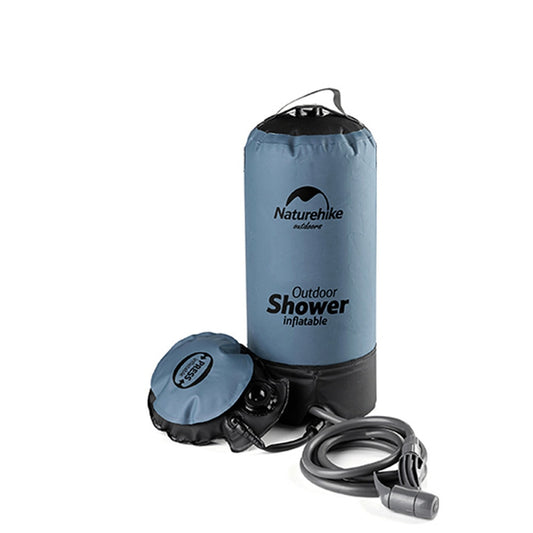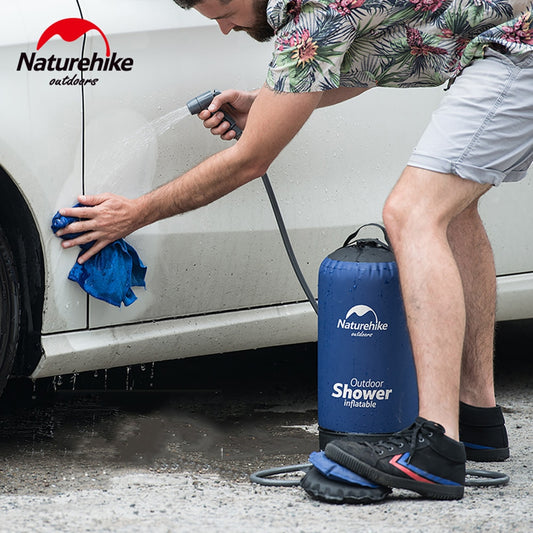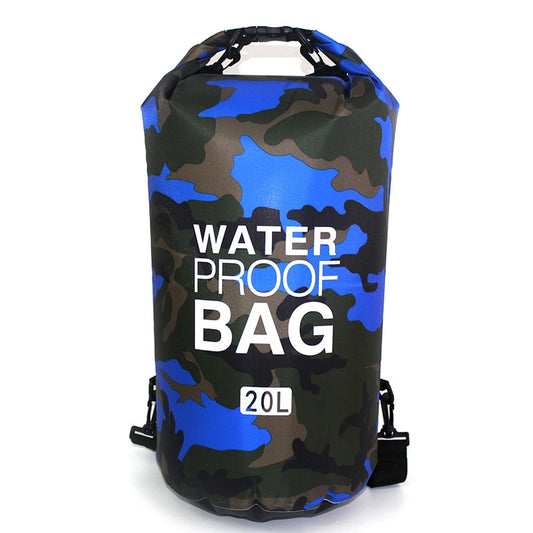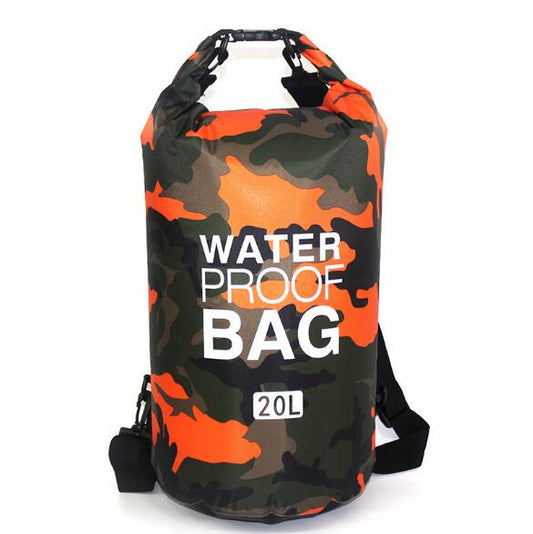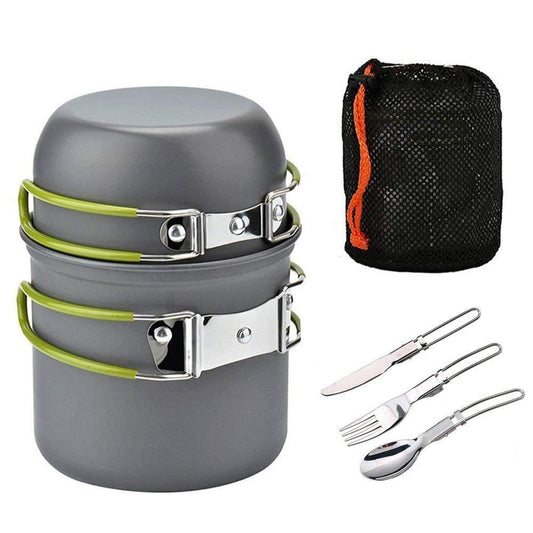
Top 7 Ways To Prepare For A Drought
Share
The US has been experiencing drought conditions for years now, due to below-average precipitation and high temperatures. This has resulted in lower water levels in the state's reservoirs and rivers, and has also led to an increase in wildfires and stressed vegetation.
The government has implemented water conservation measures and increased funding for drought response, but the drought continues to be a concern for residents, farmers, and businesses in the region. Long-term solutions, such as increased water storage and management, will likely be necessary to address the impacts of future droughts.
The specific water levels in Utah can vary greatly depending on the location and the source of the water, and it is important to monitor these levels closely to understand the impacts of the drought and to develop effective strategies for managing and mitigating its effects.
If you would like more specific information on water levels in Utah, I would recommend contacting the Utah Division of Water Resources or the United States Geological Survey, both of which track and analyze water resources in the state.

Lake Powell, which is a major reservoir on the Colorado River in Utah and Arizona, has been affected by the drought in Utah. Due to the drought, the inflow into the lake has decreased, causing the water level to drop. This has resulted in reduced hydroelectric power generation capacity, impacts to recreation and tourism, and challenges for water management in the region.
The lower water levels have also exposed marinas, boat ramps, and other infrastructure that were previously underwater, highlighting the severe impacts of the drought on the lake and surrounding communities.

Lake Powell is a key source of water for the Las Vegas metropolitan area, as well as several other communities in the southwestern United States. The lower water levels at Lake Powell due to the drought in Utah have raised concerns about the reliability of the Colorado River system as a water source for these communities.
Las Vegas relies on the Colorado River and Lake Mead, which is downstream from Lake Powell, for a significant portion of its water supply. The lower water levels at Lake Powell and Lake Mead have reduced the amount of water that can be stored and transported through the river system, potentially reducing the water supply available to Las Vegas and other communities in the region.

In response to these concerns, water managers in the southwestern United States have been working to implement conservation measures, increase water storage capacity, and develop alternative water sources to ensure a reliable water supply for the region. Despite these efforts, the ongoing drought in Utah and the western United States continues to pose challenges for the region's water supply, and the lower water levels at Lake Powell are a significant factor in these challenges.
Droughts can have significant impacts on communities and the environment, and preparing for a drought is an important step in reducing its impacts. Here are some top ways to prepare for a drought:
- Implement water conservation measures: This includes reducing unnecessary water use, fixing leaks, and using water-efficient appliances and fixtures.
- Improve water storage capacity: This could include increasing the capacity of existing reservoirs, building new ones, or exploring new storage options, such as underground aquifers.
- Discover Water In Unusual Places: You have many resources to find or harvest your own water. Just make sure it is legal in your area. I have recently discovered an Air Water Fountain, it pulls the moisture from the air and creates water. Atmospheric water generators (AWGs) can provide a source of drinking water in areas affected by drought, but they are not a comprehensive solution to the complex issue of drought.
- Improve drought monitoring and early warning systems: This involves regularly monitoring water resources, weather patterns, and climate data to better understand the causes and impacts of drought and to respond more quickly and effectively.
- Increase public awareness and education: This includes educating the public about the impacts of drought and the importance of water conservation, as well as promoting behavioral changes that can reduce water use.
- Strengthen collaboration and partnerships: This includes working with water management agencies, community organizations, and other stakeholders to develop and implement effective drought response and preparedness strategies.
- Consider long-term solutions: This includes investing in research and development of new technologies and practices that can help to reduce the impacts of drought, such as improving water-use efficiency in agriculture, improving water management practices, and reducing greenhouse gas emissions to address the root causes of climate change.
It is important to note that drought preparedness will look different in different regions and communities, and will depend on the specific challenges and resources available.
The key is to take a comprehensive approach that involves regular monitoring, risk assessment, and collaboration between different stakeholders to effectively prepare for and respond to droughts.
If you have any questions feel free to contact us at dragoyle.com
Be prepared and thrive,
Coach Trina





